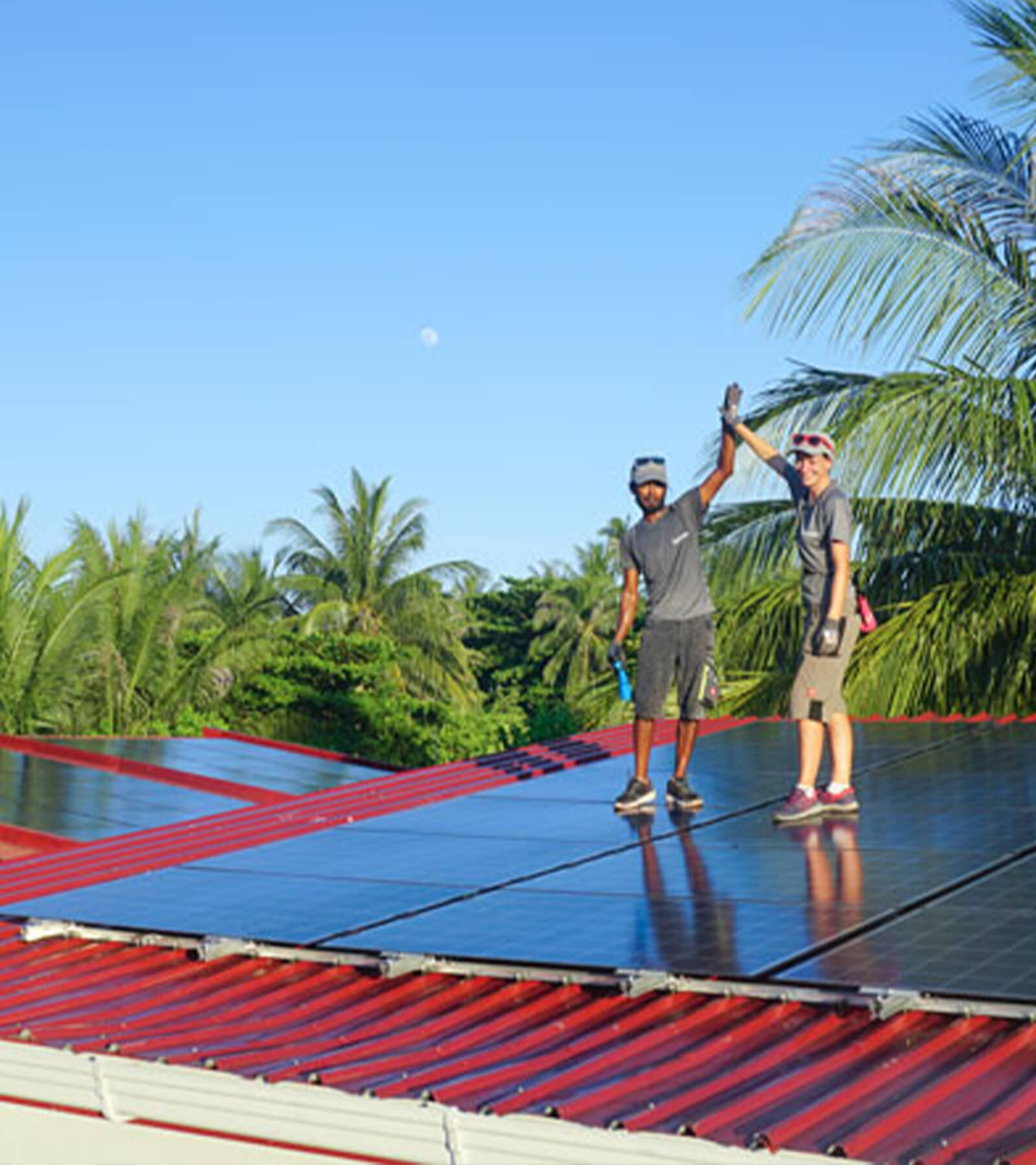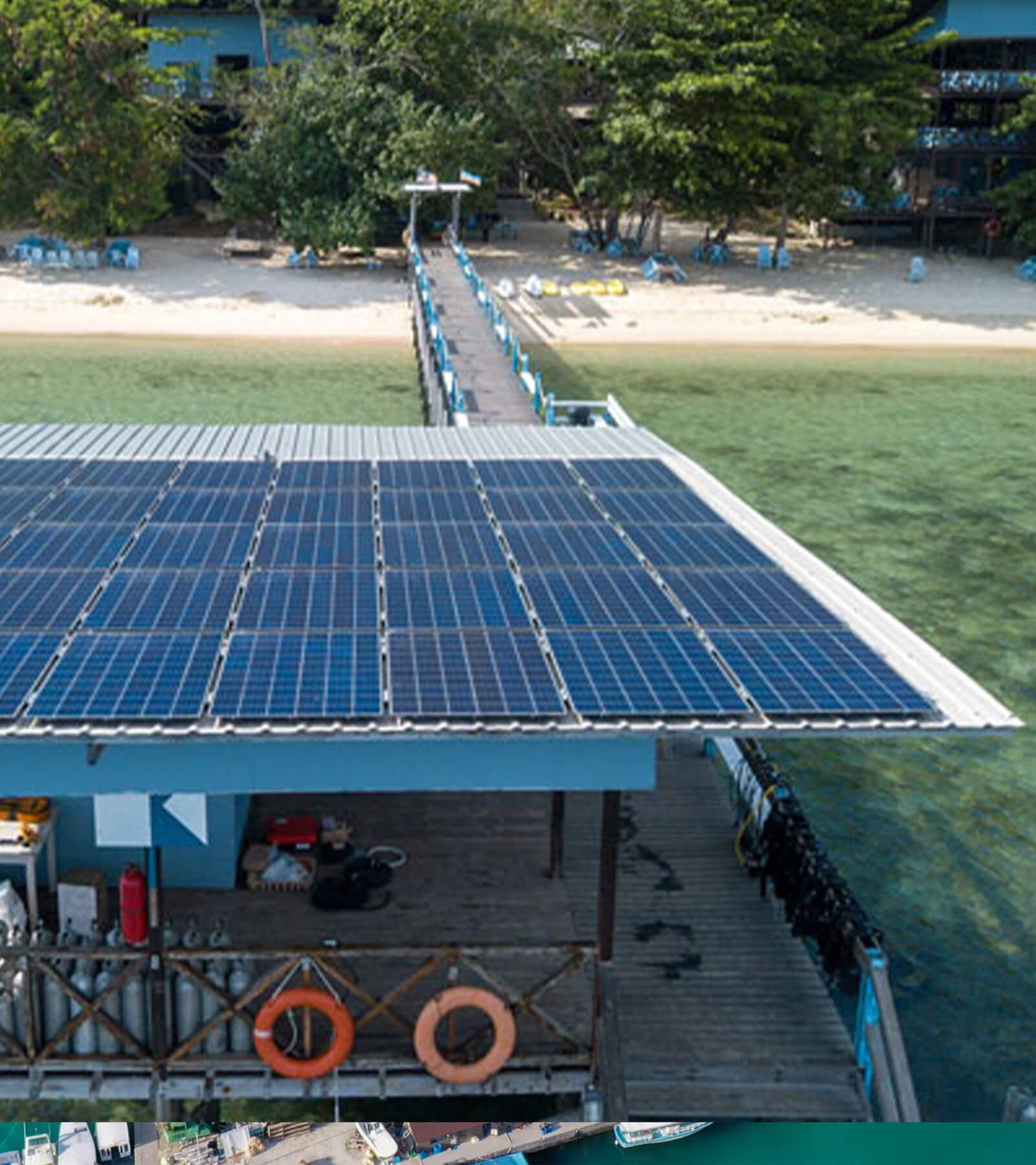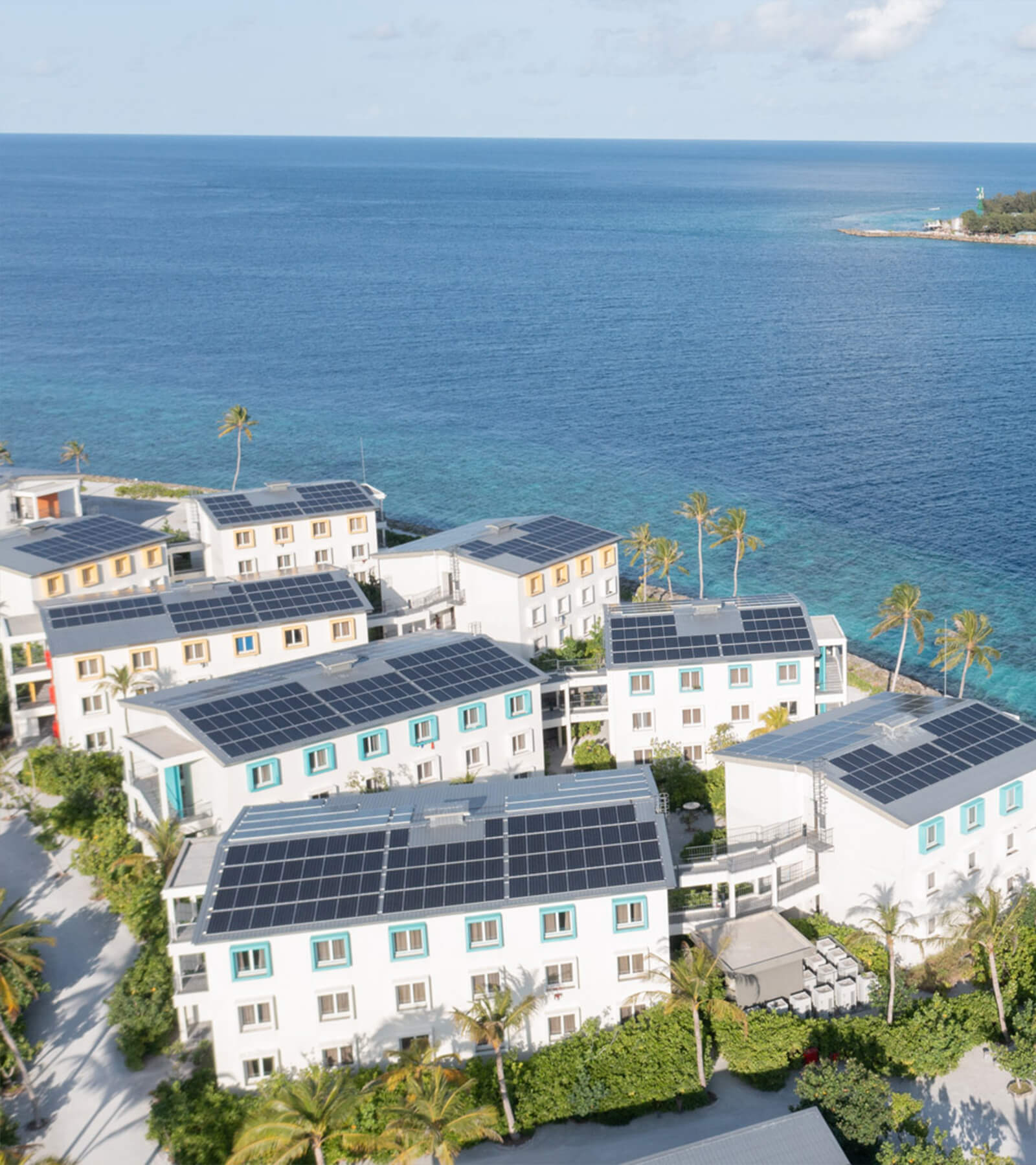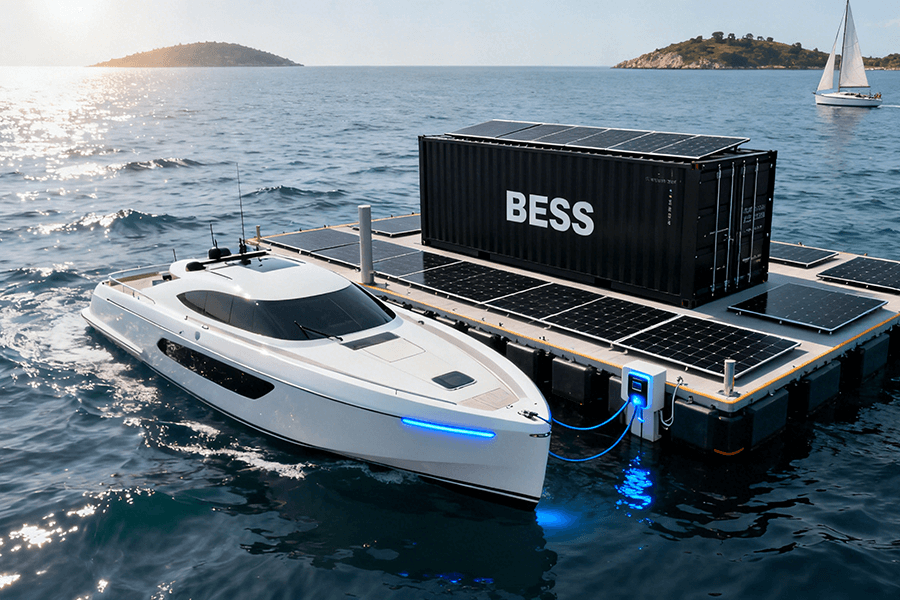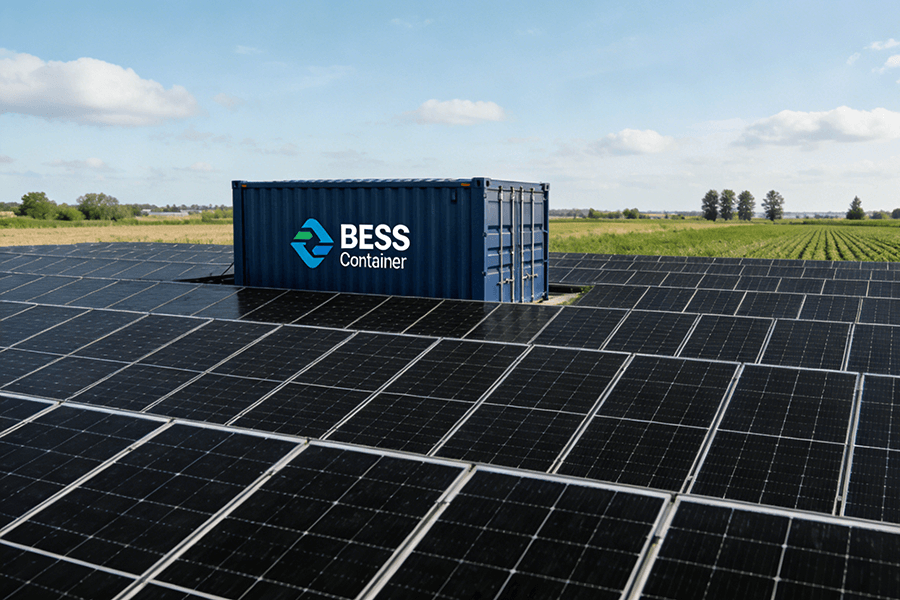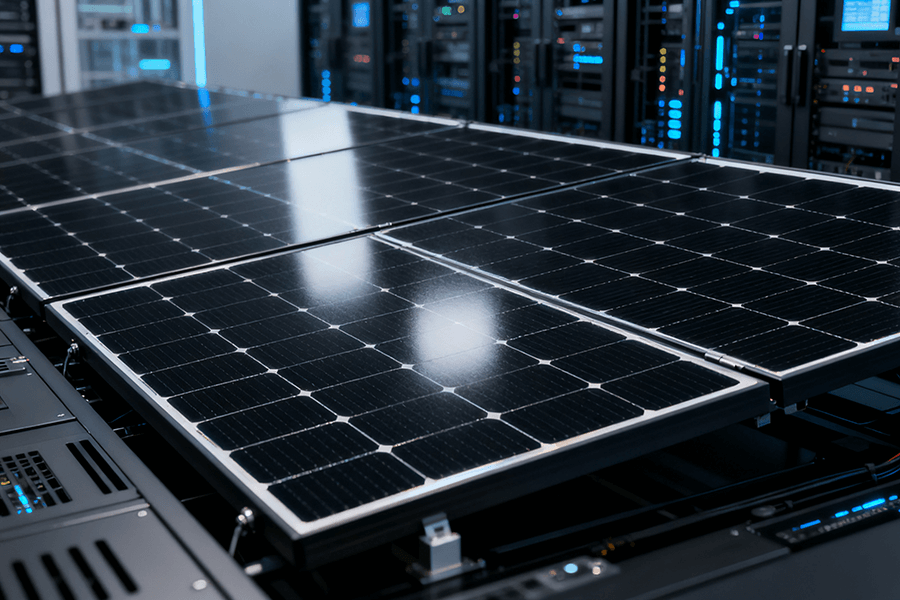
The Energy Crisis Knocking on Data Centers’ Doors
Europe’s data centers are the linchpin of its digital ecosystem, powering an array of critical services that underpin modern society. From enabling consumers to indulge in binge-watching sessions on platforms like Netflix to facilitating seamless operations of corporate cloud servers, these digital hubs play an indispensable role in the continent’s economic and social fabric. However, this digital revolution comes at a significant cost—data centers are notorious energy guzzlers.
According to the European Commission, data centers currently account for 3% of Europe’s total annual electricity consumption. This figure is not static; it is projected to skyrocket to 8% by 2030, fueled by the exponential growth of cloud adoption and the burgeoning demand for artificial intelligence (AI) computing power. As more businesses migrate their operations to the cloud and AI applications become increasingly pervasive, the energy requirements of data centers are set to reach unprecedented levels.
Adding to the urgency, the EU’s Green Deal has established a non-negotiable and ambitious target: carbon neutrality for all data centers by 2030. This mandate poses a formidable challenge for data center operators, who must navigate the delicate balance between two seemingly contradictory imperatives:
- Unyielding Reliability: In the digital age, downtime is not an option. Even a single second of service interruption can have catastrophic consequences, especially for large enterprises. The financial implications of an outage can be staggering, with some estimates suggesting that the cost for a major firm can exceed €10,000 per minute. This underscores the critical need for data centers to maintain uninterrupted operations at all times.
- Aggressive Decarbonization: Simultaneously, data center operators are under intense pressure to reduce their carbon footprint and transition away from fossil fuels. This requires a radical rethinking of energy sourcing and consumption patterns, all while ensuring that the data centers continue to function with the same level of reliability.
Enter BESS containers—modular, mobile battery storage units that are rapidly emerging as a game-changer in the realm of energy management. These innovative systems are not just a stopgap solution; they represent a paradigm shift, serving as the new engine that is driving energy efficiency and sustainability in Europe’s data centers. With their ability to store and dispatch electricity on demand, BESS containers offer a flexible and dynamic approach to energy management, enabling data centers to optimize their energy usage, reduce costs, and make significant progress towards their decarbonization goals.
Core Applications of BESS Containers: Solving Data Centers’ Biggest Headaches
BESS containers aren’t a one-trick pony. They are versatile solutions that address three critical pain points plaguing European data centers: backup power inefficiencies, soaring peak costs, and hefty carbon footprints. Let’s take a deeper dive into how these innovative systems are revolutionizing the data center landscape.
Uninterruptible Power Supply (UPS): Replacing Lead-Acid Batteries (Finally!)
Traditional UPS systems, relying on lead-acid batteries, are the technological equivalent of “flip phones” in the backup power domain. They are slow to respond, have a limited lifespan, and demand high maintenance. In stark contrast, BESS containers represent the cutting-edge “smartphones” of backup power solutions, offering a plethora of advanced features and benefits.
The table below presents a detailed side-by-side comparison of these two technologies, highlighting the significant advantages that BESS containers bring to the table:
| Metric | Traditional Lead-Acid UPS | BESS Containers | Key Advantage |
|---|---|---|---|
| Response Time | 20–50 ms | < 10 ms | Dramatically reduces the risk of downtime, ensuring seamless operation during power outages. |
| Response Time | 3–5 years | 10–15 years | Boasts a lifespan three times longer, leading to fewer replacements and less disruption. |
| Maintenance Costs | High (annual replacements) | 40% lower | Results in substantial annual savings, ranging from €50k–€200k for mid-sized data centers. |
| Environmental Impact | Toxic lead waste | Recyclable lithium-ion | Aligns perfectly with strict EU waste regulations, promoting a more sustainable approach. |
Real-World Win: A prime example of the transformative power of BESS containers can be seen in Google’s data center in St. Ghislain, Belgium. In 2023, the facility made the strategic decision to replace its lead-acid UPS system with a 2MW/4MWh BESS container. The results have been nothing short of remarkable. Since the installation, the data center has successfully avoided 12 potential outages, thanks to the lightning-fast 10ms response time of the BESS container. Additionally, it has achieved significant cost savings, cutting annual maintenance expenses by a substantial €180,000. [Source: Google Cloud Sustainability Report 2024, p.47 – https://cloud.google.com/sustainability/report]
Peak Shaving & Demand Response: Turning Costs Into Revenue
Data centers typically consume the bulk of their power during “peak hours” (9:00–18:00), coinciding with a surge in electricity prices. Grid operators compound the cost burden by imposing demand fees, which penalize excessive power usage during these high-demand periods. For large data centers, these fees can accumulate to a staggering €1–2 million annually.
BESS containers offer an ingenious solution to this problem through two primary strategies:
- Peak Shaving: BESS containers leverage the cost differential between off-peak and peak hours. They store electricity during off-peak periods (e.g., 2–6 AM, when prices are as low as €0.05/kWh) and release it during peak hours when prices skyrocket to €0.30/kWh. This intelligent energy management approach can cut peak load by an impressive 20–30%, translating to substantial cost savings.
- Demand Response: BESS containers enable data centers to participate in various EU demand response programs, such as France’s Réponse à la Demande or Germany’s Flexmarkt. During times of grid strain, such as heatwaves when electricity demand is exceptionally high, data centers can reduce their load by drawing power from BESS containers. In return for their contribution to grid stability, they receive financial compensation, effectively turning a cost center into a revenue generator.
Example: A data center in Amsterdam serves as a shining example of the financial benefits of demand response. In 2024, the facility participated in the Dutch demand response program, utilizing its BESS container to reduce 5MW of load during 18 grid stress events. As a result, it earned a significant €120,000, demonstrating the potential for data centers to not only manage costs but also generate revenue through strategic energy management. [Source: Dutch TSO Tennet’s Demand Response Report 2024 – https://www.tennet.eu/en/our-services/demand-response.html]
Carbon Emission Reduction: BESS as a Green Tool
The EU’s 2030 carbon neutrality goal isn’t just a regulatory requirement—it’s a critical business imperative. Data centers that fail to meet these targets face significant financial penalties, with fines reaching up to €85 per ton of CO₂ under the EU Emissions Trading System (EU ETS). Battery Energy Storage System (BESS) containers offer a strategic solution, enabling data centers to meet their sustainability goals through two primary mechanisms.
Boosting Renewable Energy Use (Eliminating “Wasted Sun/Wind”)
Renewable energy sources such as solar and wind power are environmentally friendly and cost-effective, but their intermittent nature poses a challenge. Data centers equipped with on-site solar panels or wind turbines often experience energy waste, with an estimated 30–40% of generated renewable power going unused due to the lack of efficient storage solutions. BESS containers address this issue by acting as an “energy bank,” storing excess renewable energy during peak production periods and releasing it when generation is low.
Case Study: Stockholm Colocation Data Center
In 2022, a leading colocation data center in Stockholm, Sweden, implemented a 1.5MW/3MWh BESS container to enhance its energy management capabilities. The results were remarkable:
| Metric | Pre-BESS | Post-BESS |
|---|---|---|
| Renewable Utilization Rate | 30% | 65% |
| Annual CO₂ Reduction | – | 1,200 tons |
| Equivalent Car Removal | – | 260 |
This significant reduction in carbon emissions is equivalent to removing 260 cars from the road each year, demonstrating the tangible environmental benefits of BESS integration. [Source: Swedish Energy Agency’s Data Center Sustainability Report 2023 – https://www.energimyndigheten.se/en/what-we-do/sustainability/data-centers/]
Cutting Diesel Generator Emissions (Combating Air Pollution)
Diesel generators are commonly used as a backup power source during grid outages, but their operation has significant environmental drawbacks. Each liter of diesel burned by a generator produces 2.6 kg of CO₂, along with nitrogen oxides (NOx) and particulate matter that contribute to air pollution and respiratory health issues.
BESS containers offer a cleaner alternative by providing long-duration backup power. Unlike traditional lead-acid Uninterruptible Power Supply (UPS) systems, which typically offer 1–2 hours of backup, BESS can sustain data center operations for 4–8 hours. This extended runtime reduces the reliance on diesel generators, thereby minimizing emissions.
Case Study: Madrid Data Center
In 2024, a data center in Madrid, Spain, experienced a grid outage. Thanks to its BESS container, the facility was able to maintain operations for 6 hours without resorting to diesel generators. The environmental impact of this achievement is summarized below:
| Emission Type | Amount Avoided |
|---|---|
| CO₂ | 2,080 kg |
| NOx | 12 kg |
By avoiding the combustion of 800 liters of diesel, the data center not only reduced its carbon footprint but also contributed to improving local air quality.
Technical Advantage: Space-Saving (Because Data Centers Hate Wasting Square Meters)
Land in Europe’s major cities, such as London, Frankfurt, and Paris, commands a premium price tag, often ranging from €500 to €1,000 per square meter. For mid-sized data centers, traditional battery rooms typically consume a significant footprint of 200–500 square meters. In stark contrast, Battery Energy Storage System (BESS) containers offer a game-changing solution with their modular and compact design, enabling an impressive 50% reduction in space requirements.
Let’s consider a practical illustration of this efficiency:
- A 5MW BESS container, ingeniously engineered to fit within the dimensions of a standard 40-foot shipping container (approximately 12 square meters), stands in sharp comparison to a lead-acid battery room. The latter, designed to provide the same power capacity, would demand 25 square meters of valuable real estate. This 13-square-meter difference translates into additional space for 20 more server racks, which can generate over €100,000 in annual revenue. [Source: Uptime Institute’s Data Center Space Efficiency Report 2024 – https://www.uptimeinstitute.com/resources/reports]
Case Study: AWS Ireland’s 10MW BESS Project (The Gold Standard)
The AWS data center in Dublin stands as one of the largest in Europe, housing over 100,000 servers. In 2023, the company made a significant investment in sustainability by deploying a 10MW/20MWh BESS container system, one of the continent’s most substantial installations of its kind. The results have been nothing short of remarkable:
| Metric | Result | Impact |
|---|---|---|
| Initial Investment | €8.5 million | Recouped within 7 years through a combination of operational savings and revenue generation |
| Annual Electricity Savings | €1.2 million | Achieved via peak shaving, effectively reducing peak load by 25% |
| Annual CO₂ Reduction | 8,000 tons | Equivalent to the environmental benefit of planting 440,000 trees |
| Demand Response Revenue | €350,000/year | Generated through participation in Ireland’s DS3 program |
In light of these successes, AWS has ambitious plans to roll out BESS containers across all eight of its European data centers by 2026. [Source: AWS Sustainability Blog 2024 – https://aws.amazon.com/blogs/sustainability/] This strategic move underscores the growing recognition of BESS containers as a critical component in the quest for more efficient and sustainable data center operations.
Case Study: Google’s Belgium Data Center BESS Initiative
Google’s data center in Belgium, known for its large-scale operations, installed a 15MW/30MWh BESS container system in 2023. This deployment was part of Google’s broader commitment to achieving carbon-free energy for its data centers. The impact of the BESS container implementation has been significant:
| Metric | Result | Impact |
|---|---|---|
| Initial Investment | €12 million | Expected to be recovered within 8 years, driven by energy cost savings and grid services revenue |
| Annual Electricity Savings | €1.8 million | Reduced peak load by 30% through smart energy management during high-demand periods |
| Annual CO₂ Reduction | 12,000 tons | Comparable to taking 2,600 cars off the road for a year |
| Grid Services Revenue | €450,000/year | Generated by providing frequency regulation and other grid support services |
This project showcases how BESS containers not only enhance energy efficiency but also contribute to grid stability, further solidifying their role in the future of data center infrastructure. [Source: Google Green Data Centers Report 2024 – https://cloud.google.com/sustainability/green-data-centers]
Conclusion: BESS Containers Are the Future (And It’s Coming Fast)
By 2027, 60% of large European data centers will have deployed BESS containers—up from just 15% in 2023. Why? Because they solve the “triple challenge” data centers face:
- Reliability: No more downtime.
- Cost: Lower maintenance, peak, and demand fees.
- Carbon: Hit EU neutrality targets without sacrificing performance.
Why Maxbo Solar (www.maxbo-solar.com) Is Your BESS Partner
At Maxbo Solar, we don’t just sell BESS containers—we build custom solutions for European data centers. Here’s what sets us apart:
- EU-Compliant: All our systems meet CE, IEC 62933, and EN 50625 standards (critical for regulatory approval).
- Modular Design: Start small (1MW) and scale up as your needs grow—no wasted investment.
- 24/7 Support: Our team in Berlin and Madrid provides real-time monitoring and maintenance (average response time: 2 hours).
Recent Win: We helped a data center in Milan deploy a 3MW/6MWh BESS container in 2024. It now saves €420,000/year on electricity and cuts CO₂ by 2,300 tons.
Ready to join the BESS revolution? Visit www.maxbo-solar.com or email our team at [email protected]—we’ll help you turn energy costs into energy savings.

